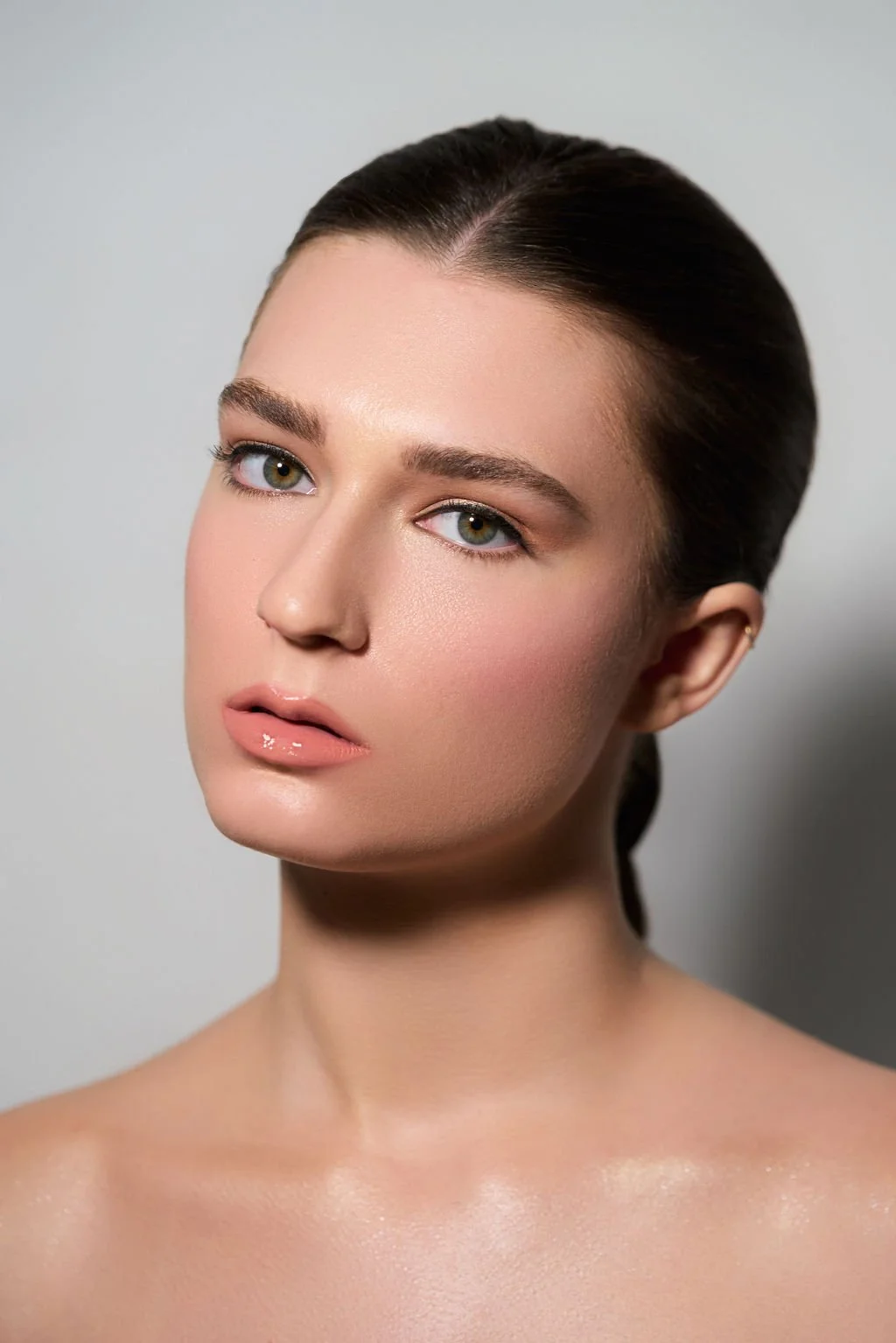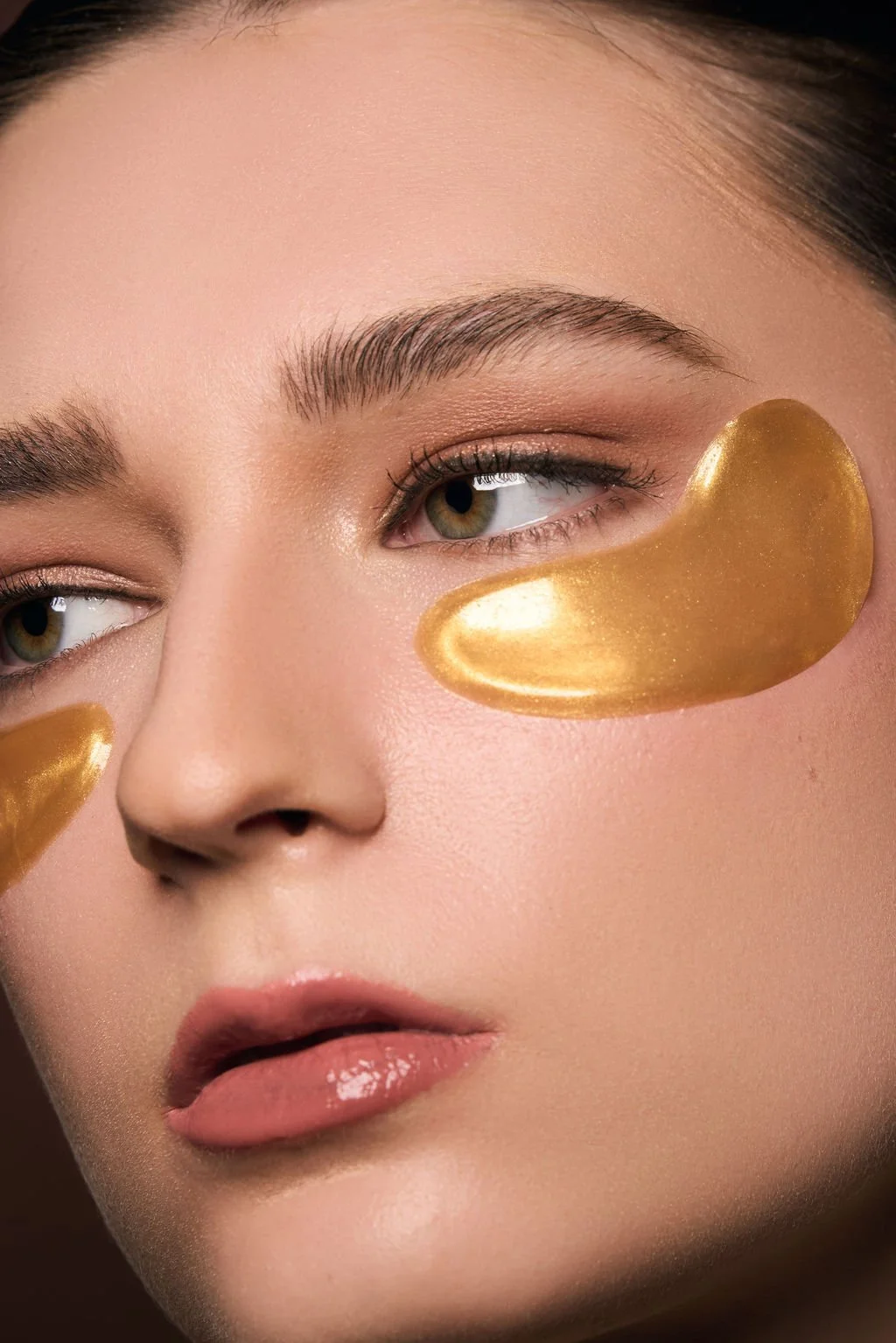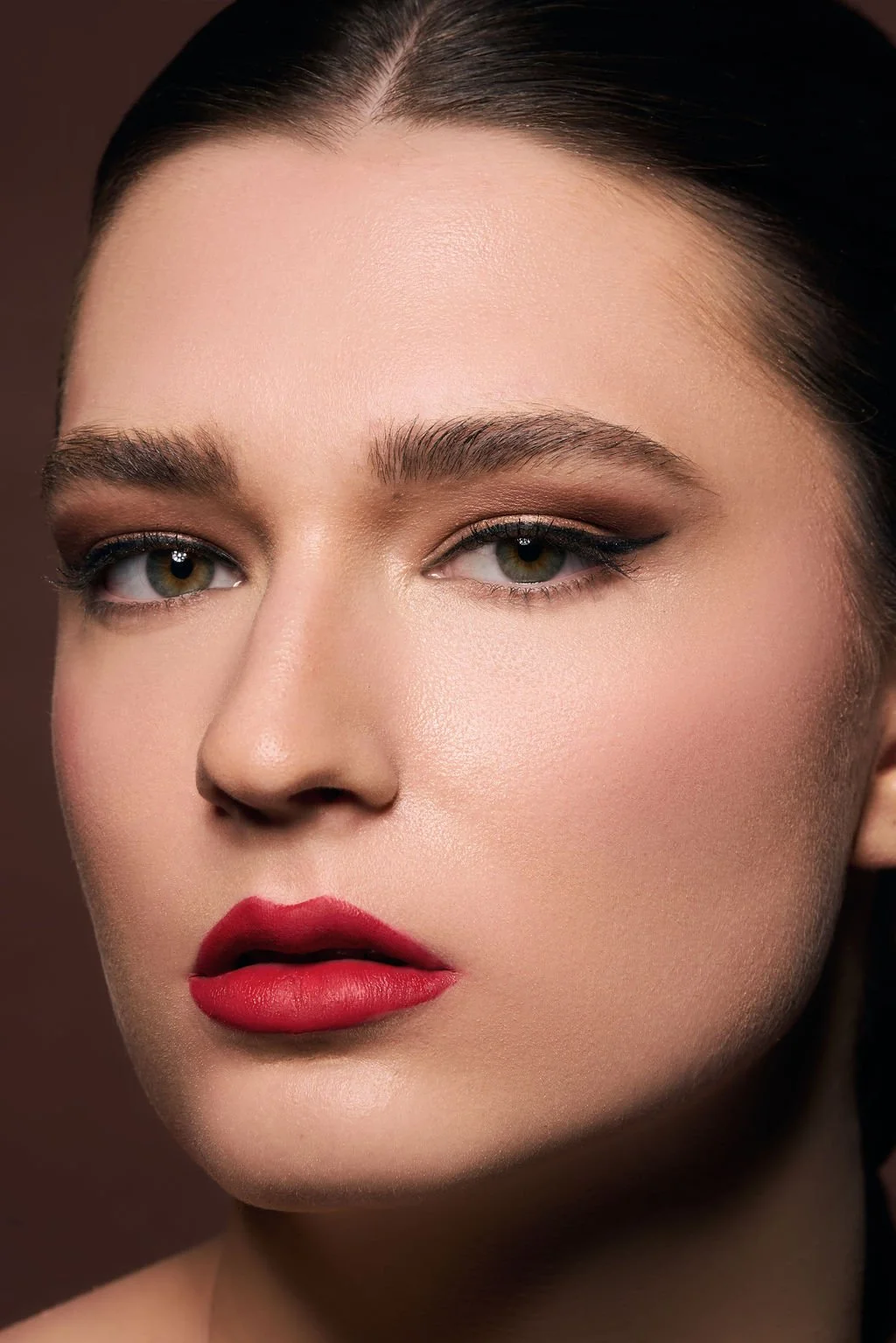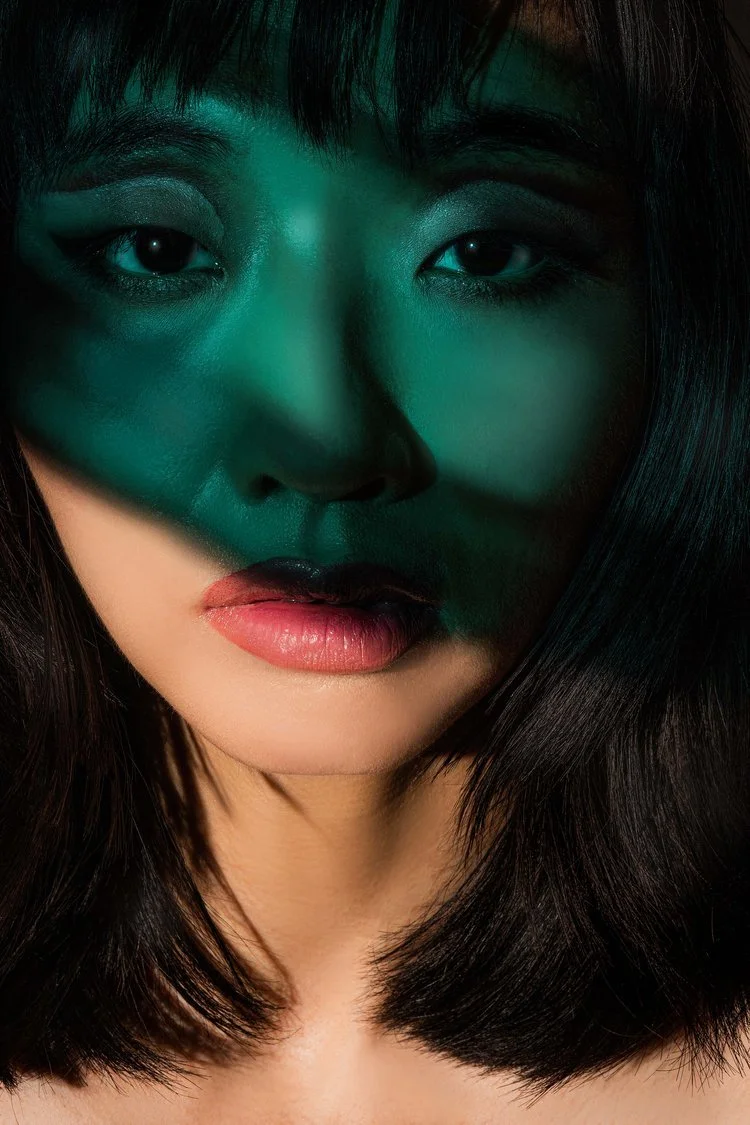Why Skincare Brands Need Photographers Who Understand Texture
In the world of skincare marketing, the devil is in the details and the most powerful detail of all is texture. Whether it's the creamy swirl of a moisturizer, the glistening finish of a serum, or the real-life glow of healthy skin, texture is what sells. But capturing texture authentically and beautifully is an art and not every photographer gets it.
As a New York City-based fashion and skincare photographer, I work with beauty brands that understand how crucial it is to show the real results of their products. In a market overflowing with airbrushed perfection, capturing real skin and real texture builds trust and boosts conversions.
1. Texture Builds Trust: Why It Matters in Skincare Photography
Consumers Want to See the Results
The skincare consumer of today is educated, skeptical, and constantly bombarded with product claims. What cuts through the noise? Visual proof.
Texture communicates effectiveness—showing hydration, smoothness, or radiance.
Clean, crisp texture images help buyers assess product consistency before purchasing.
Authentic skin texture (not over-retouched) shows transparency, building brand credibility.
Whether you're launching a retinol serum or a hydrating balm, showing texture can make or break your campaign.
2. Lighting and Lenses: The Technical Side of Texture
It's Not Just About the Camera
Capturing texture means understanding how light interacts with surfaces—both skin and product.
I use diffused lighting to bring out soft detail and avoid harsh glare.
Macro lenses help highlight micro-textures like water droplets, matte finishes, or pore-level skin clarity.
Side lighting reveals contours in a way that flat lighting never can.
3. The Difference Between Retouching and Over-Editing
Real Skin Is In
High-end skincare brands are moving away from overly smooth, plastic-like skin in their ads. And for good reason—consumers don’t relate to it.
I use a light-touch editing approach, enhancing rather than erasing.
Strategic retouching removes distractions (like flyaways or uneven tones), while preserving skin pores, fine lines, and glow.
Texture-forward imagery aligns with the “real skin” movement in the beauty industry.
4. Product Texture Is a Story, Not Just a Surface
Consistency = Brand Identity
Whether your product is dewy, whipped, thick, or silky, the texture helps define the feel and performance of your brand. As a photographer, I bring that story forward visually.
For gel serums: I showcase clarity and viscosity using translucent backdrops and close-ups.
For rich creams: I use spatula swirls or product dollops to emphasize lushness.
For exfoliants: I capture granules or microbeads with ultra-sharp focus.
Each shot is a narrative—a preview of what your customer will feel when they open the jar.
5. Real Skin in Real Light: Models, Not Mannequins
Shooting With Intentionality
I work with models who represent diverse skin tones, skin types, and textures, because that’s who your customers are. I highlight:
Hydrated skin without over-editing
Freckles, scars, and real-life skin responses
The glow that comes from good skincare—not lighting tricks
Authentic visuals boost engagement, loyalty, and conversions—especially in NYC’s competitive skincare scene.
Conclusion: Texture Is the New Standard of Beauty
Your skincare line deserves more than a flat, filtered photo. In an age where transparency wins, hiring a photographer who understands texture, lighting, and storytelling is essential for standing out and building consumer trust.
Book Your NYC Photoshoot Today!
Let’s make your skincare line shine—literally. Whether you're planning an e-commerce rollout or a full-blown editorial campaign, I specialize in texture-driven skincare photography that converts. I offer tailored photography packages for NYC-based brands and beyond—complete with creative direction, production, and professional post-processing. Contact Us to book your shoot or discuss your project needs. Let’s bring your vision to life!








